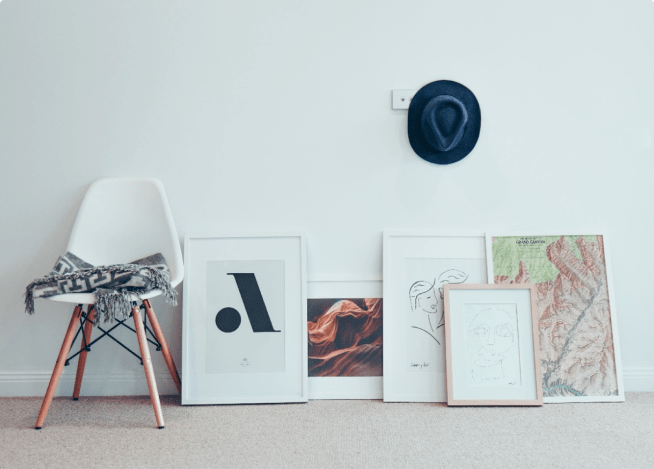In the realm of design, where creativity and innovation are paramount, the power of collaboration often takes a backseat. However, the confluence of diverse minds and ideas can be the catalyst that propels design thinking into uncharted territories. Let’s delve into how collaboration can weave a rich tapestry that not only enhances our skills but also molds us into better designers.
1. Diverse Perspectives Breed Innovation
When designers collaborate, a melting pot of ideas, experiences, and skills is created. Different perspectives bring forth innovative solutions that a single mind might overlook. This diversity is not merely a conglomeration of varied thoughts but a symbiotic relationship where each idea is honed and elevated by the others.
2. Learning and Growing Together
Collaboration is a two-way street, where knowledge and skills are exchanged freely. Junior designers learn from the seasoned expertise of their senior counterparts, while the latter can gain fresh, unbridled perspectives from the newcomers. This continuous loop of learning and sharing fosters an environment where designers grow not in isolation, but as a cohesive unit.
3. Bridging the Gap Between Design and Functionality
When designers collaborate with professionals from other domains, such as developers or marketers, a holistic approach to design is cultivated. This multidisciplinary collaboration ensures that designs are not only aesthetically pleasing but also functional and aligned with business goals, thereby bridging the gap between beauty and utility.
4. Mitigating the Echo Chamber Effect
Working in isolation can sometimes trap designers in an echo chamber, where ideas are neither challenged nor refined. Collaboration breaks down these walls, allowing constructive criticism and feedback to flow freely, refining concepts, and ensuring that the final design is robust and well-rounded.
5. Enhancing Problem-Solving Capabilities
Design challenges are often multifaceted and require a nuanced approach to problem-solving. Through collaboration, designers can leverage the collective intellect of the team, exploring various solutions and choosing the one that best addresses the problem at hand, thereby enhancing the problem-solving capabilities of each member.
6. Fostering a Culture of Collective Ownership
When a design is birthed through collaboration, it becomes a collective achievement of the team. This sense of collective ownership not only boosts morale but also ensures that each member is invested in the success of the design, fostering a culture where everyone is motivated to put forth their best work.
Conclusion
In the ever-evolving landscape of design, where new trends and technologies continually reshape the horizon, collaboration emerges as the linchpin that holds the tapestry of creativity together. It is through the amalgamation of different ideas, skills, and perspectives that designers can transcend conventional boundaries, crafting designs that are not only visually stunning but also functionally robust and innovative. Thus, as we navigate through our design journeys, let us embrace collaboration, for it is the beacon that will illuminate our path toward becoming better, more adept designers.
For unique event ideas & tips, visit Event Idea Hub



